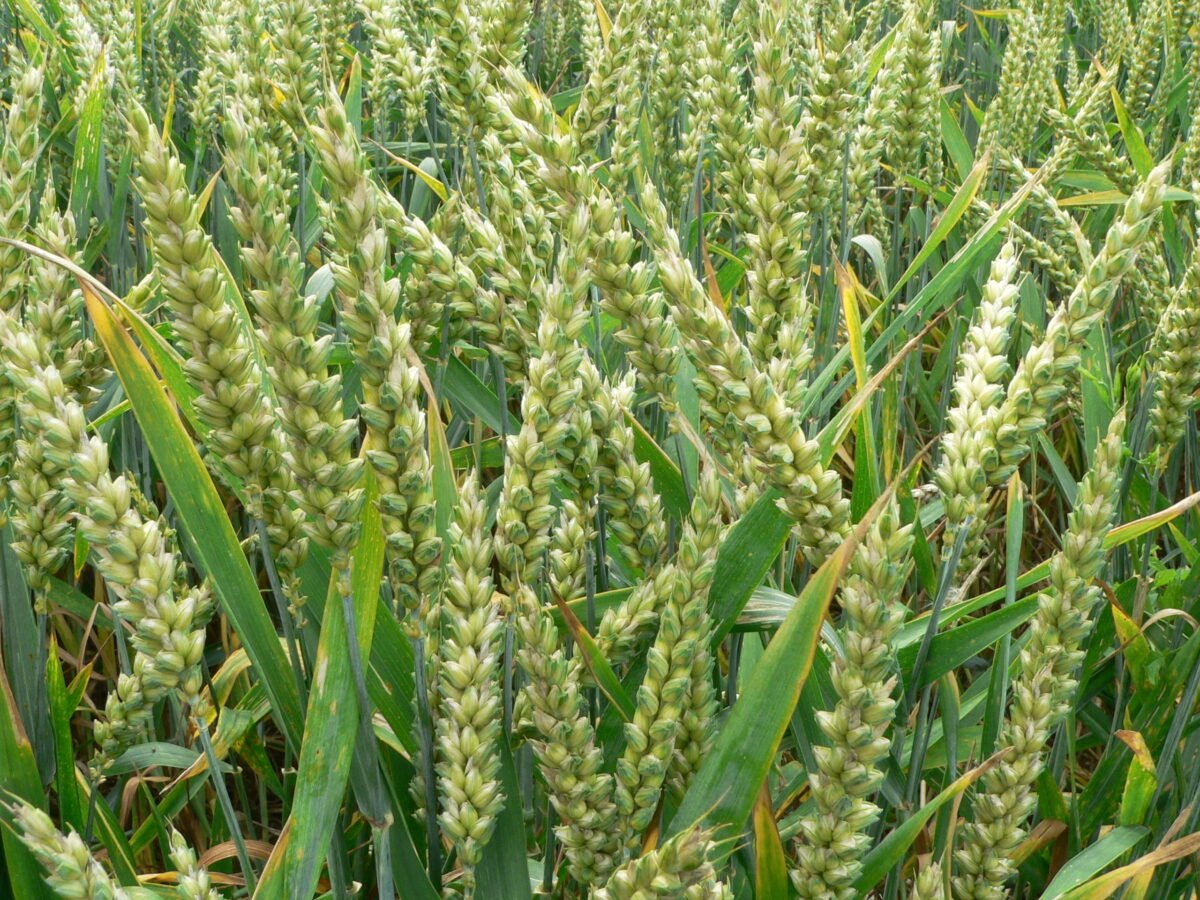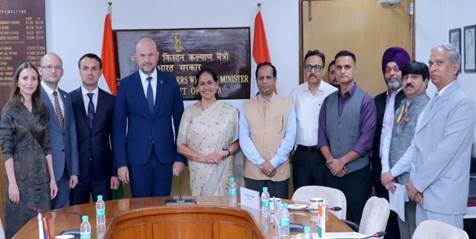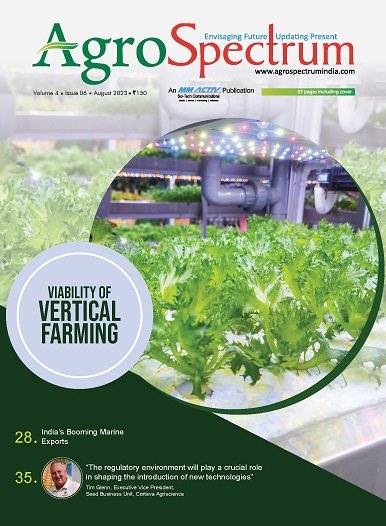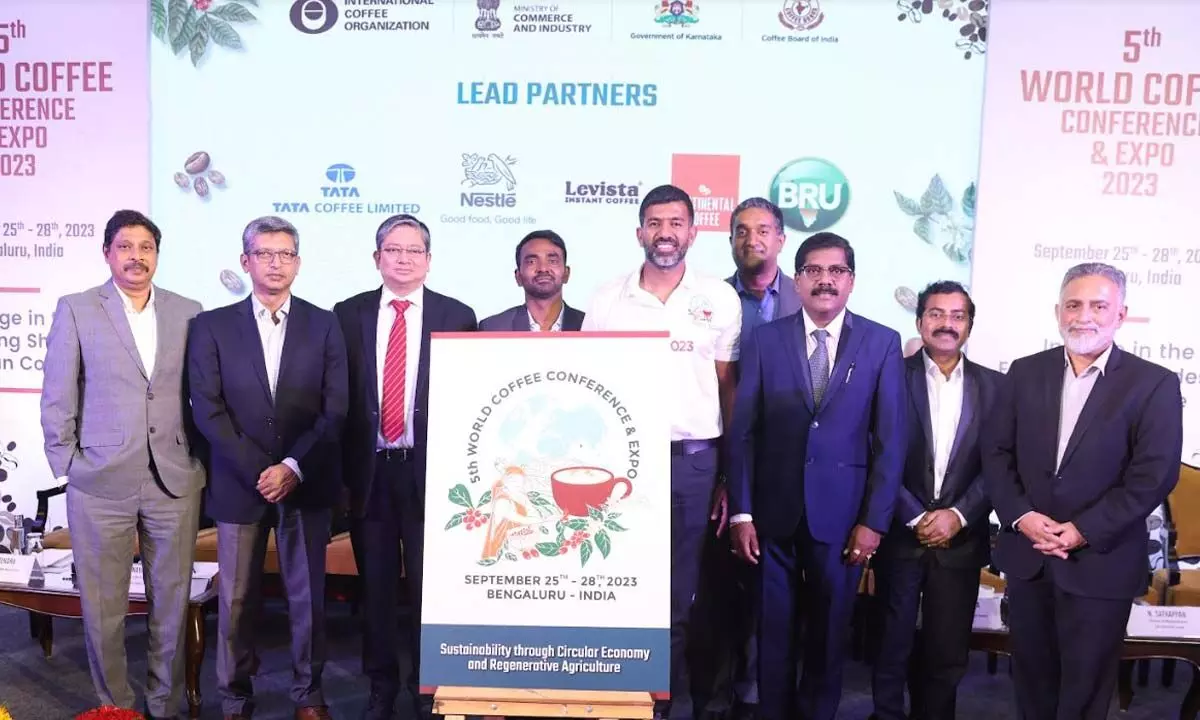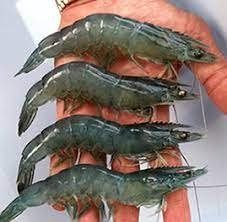Tim Glenn, Executive Vice President, Seed Business Unit, Corteva Agriscience
Corteva Agriscience is a global pure-play agriculture company that excels in industry-leading innovation, high-touch customer engagement, and operational execution to provide profitable solutions for the world’s most pressing agriculture challenges. With a unique distribution strategy, and a balanced mix of seed, crop protection, and digital products and services, Corteva generates advantaged market preference on a global scale. Recently, Corteva Agriscience commemorated the 50-year legacy of Pioneer Seeds in Hyderabad. To mark this milestone, Tim Glenn, Executive Vice President of the Seed Business Unit at Corteva Agriscience, graced the event and sat down with AgroSpectrum for an exclusive interview. In this discussion, he shared his insights into the latest trends and technologies in the seed industry, shedding light on their vision to establish India as an innovative seed hub. Edited excerpts;
How do you foresee the future of the seed industry in the APAC region?
In India, the seed market is very dynamic. We are focusing on four crops- rice, mustard, millet and corn, while continuing to be one of the nation’s leading suppliers. These hybrid seeds have great opportunities and have shown tremendous growth. The growth in agriculture is primarily driven by farmers, as they continuously strive to enhance productivity and meet the demands of growing population. In India, we have been operating in the seeds segment, with our global seed brand – Pioneer, for the last 50 years. Our contributions to innovating and introducing hybrid mustard have been significant. As a result, hybridization and the adoption of hybrid technology in these crops have experienced substantial growth. In India, we have 5 R&D facilities, serving 10 million farmers and 150 million hectares of farmland in India. Our Multi-Crop Research Center (MCRC) in Telangana serves as the technology hub for Corteva, not only in India but also for the entire Asia-Pacific region.
What are the strategies and plans of the company to expand the seed treatment segment in the Asian market?
In the last 10 to 20 years, there has been a tremendous amount of development and focus in the seed space. The seed treatments, which has become more technically oriented, penetrating crops that otherwise maybe have not had as much exposure. Today we use seed treatments, essentially in all markets where we do business. The interesting thing about seed treatment is obviously the seed applied technology, which is of two parts. Firstly, the treatment must deliver tangible benefits, such as pest or disease management or other desirable traits. Secondly, it should be compatible with the seed it is applied to. Both factors play a vital role in the effectiveness and success of seed treatment methods.
The environment in Asia, due to the climate, ensures a high level of compatibility. To develop the value proposition, we work directly with farmers, understanding their needs. The benefit proposition about seed treatment is that you can use the same product in different countries. In India we are investing in farmer education programs, bridging the knowledge gap and promoting understanding of seed technology. We actively engage with farming communities, offering training, demonstrations, and technical support to empower farmers in making informed decisions about adopting seed technology. Corteva’s success in India is a result of the strength of our seed technology and dedication to farmers. Through our sustainable seed portfolio, we aim to make India a global hub for seed innovation. With increased R& D investments, we continue to introduce agricultural innovations that will continue to progress farmers productivity and sustainability.
What are the latest seed technologies by Corteva and what will be the strategies of the company to introduce them to the APAC and US market?
The year 2023 marks a milestone year for Corteva, as we have taken lead in becoming the number one in soybean herbicide resistant technology in North America, where we have been for over 25 years. Recently we have introduced three other seed technologies in different markets. These include Optimum GLY in canola, a new herbicide technology in Canada, the US and Australia this year. Also introduced Vorceed Enlist corn in North America, offering above ground and below ground next generation insect control in maize.
In the future, as we get more clarity on the regulatory environment for whether it has for GM (Genetically Modified) crops or for gene editing, the door opens for more applications there. We are optimistic and feel positive about the Indian regulators and in leaders have indicated openness to new technologies in seed, we think that will be healthy for continued development of agriculture in India and continue to improve the competitiveness of Indian agriculture on a world scale and help meet the long-term goals, both for sustainability but also for self-sufficiency. We are going to continue to invest in India, we will continue to work with policy makers and help any way we can to help ensure that there is a good process in place so that those new technologies can be ultimately brought to the market and put in the hands of Indian growers. We have enabled millions of farmers to maximize productivity and profitability by infusing technology into agriculture. From the adoption of hybrid seeds, to empowering the use of sustainable solutions in communities, we have been at the forefront of supporting resilience through proven science.
In 2022, Corteva has announced insecticide for coating paddy seeds as a complete Seed Treatment Technology (SAT) package. What are the plans of the company to introduce this product in the Indian market?
We have introduced it in a handful of markets in Asia today. In India, obviously it is a new technology. It is about collaboration and working through the regulatory process. And then taking the time to go through the field evaluation and fine tune how we were able to position the technology to growers that were optimistic about the technology. It has been introduced in rice and other markets in Asia and other countries as well. It has proven to be effective. I think it is about how we just got to go through the process here. And again, it is about going and working with farmers side by side and helping demonstrate what that value is once we have that opportunity.
To read more click on: https://agrospectrumindia.com/e-magazine
Tim Glenn, Executive Vice President, Seed Business


